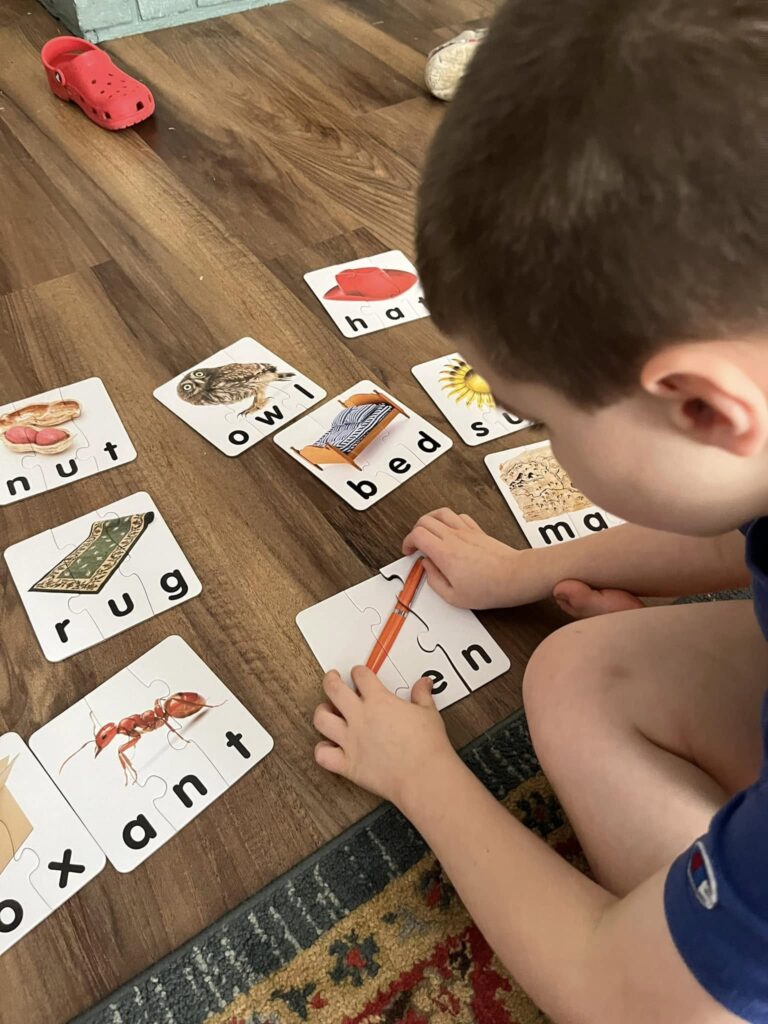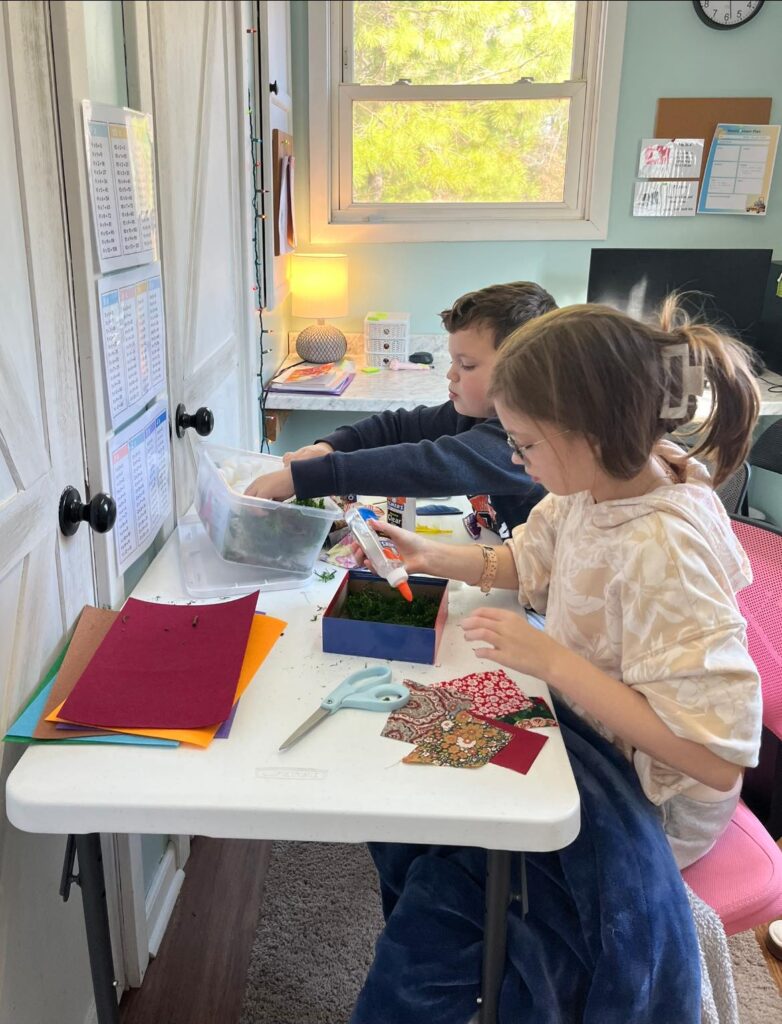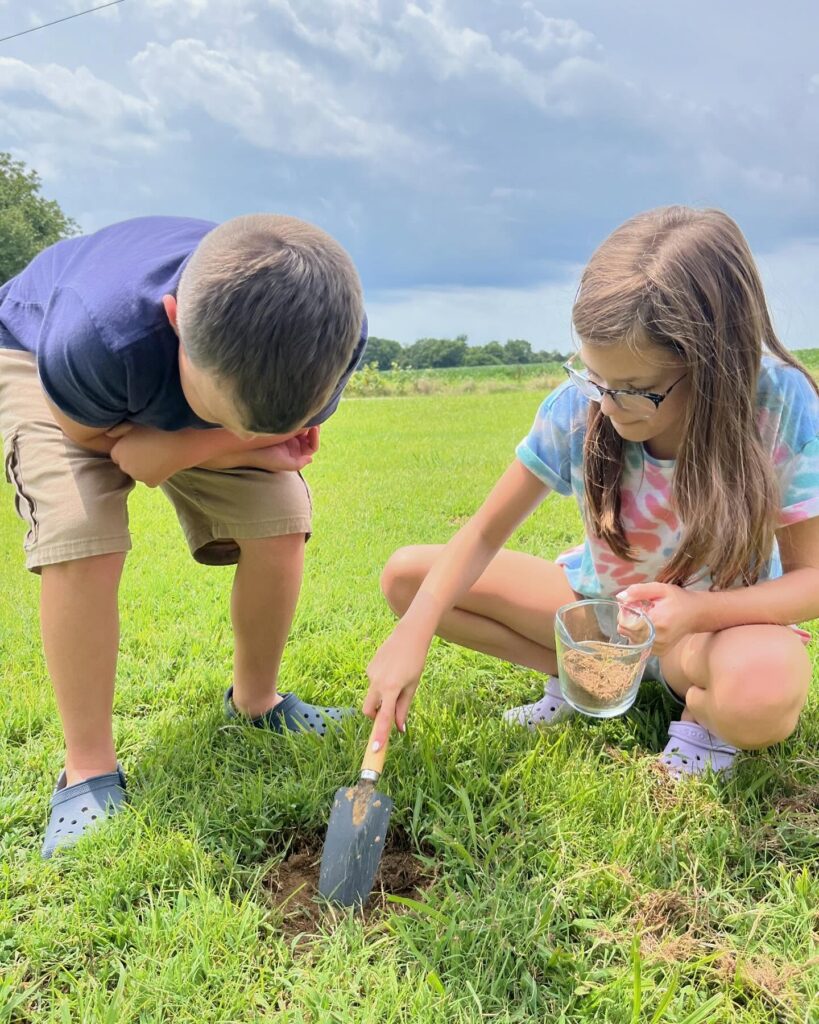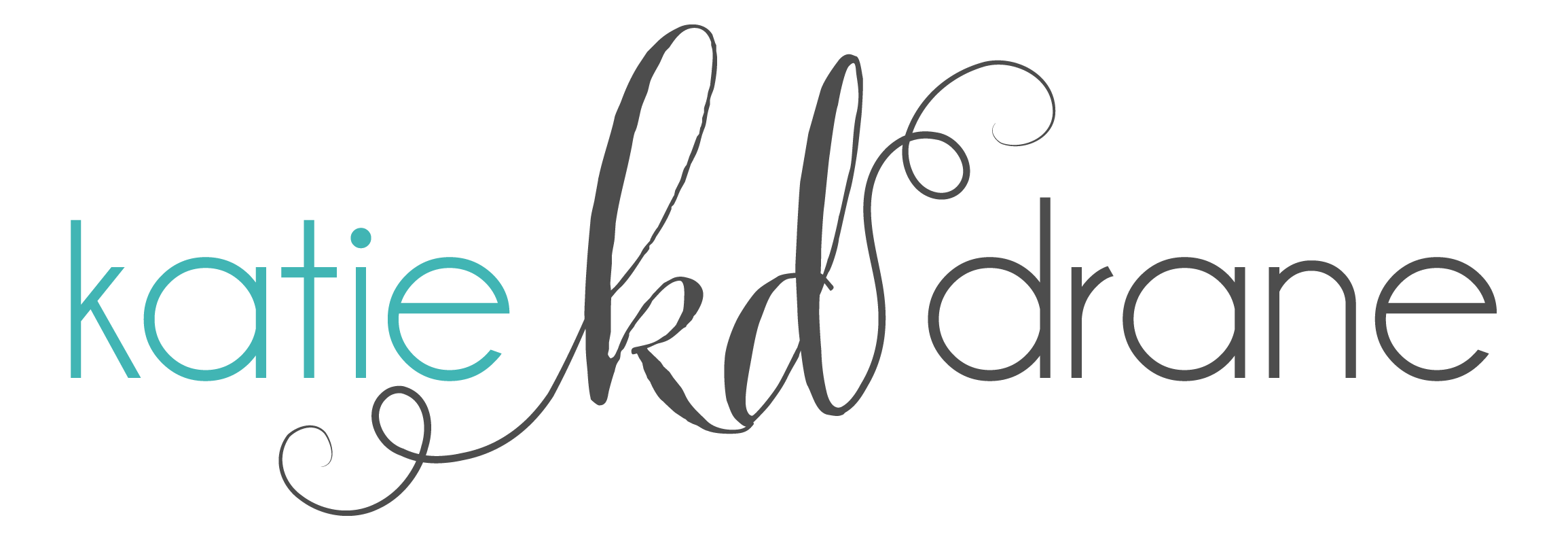How It Started
Last February, Ryan and I withdrew Luke from public school. It was a difficult decision, especially since Emmie and Jack were still attending school there, but it was necessary. After over a year in a self-contained MSD classroom, Luke was not thriving and something needed to be done (I’ll share more about that later). I’ll be honest, homeschooling was not on my bingo card. I was raised by a public school teacher and always pictured my kids going to public school. At the time, I was working as an LBD instructional assistant at the kids’ school and I loved my job. But the longer the year went on, the more evident it was that Luke would do better being homeschooled. And he did.
Within 2 weeks of being home with Luke, he was like a different kid. He was communicating more both on his AAC device and verbally. We spent tons of time outside playing and exploring, and slowly he started self-regulating and participating in the world around him again. Every week, it seemed like he was achieving a new goal and best of all, he was happy. SO happy. It didn’t take long for Ryan and I to start talking about homeschooling Jack.

New Beginnings
In August 2024, Emmie and Jack joined Luke. Jack is level 1 autistic. He loved his teachers and classmates (and they loved him) but he struggled to keep up with the pace of school. Emmie did very well in public school. She was a straight A student, she was in the Gifted and Talented program and was a top performer on state testing. She had a great circle of friends and was involved in extracurricular activities. But all of that pressure was taking a toll. Every morning, she woke up with stomach aches and anxiety, and felt “buried”. We hadn’t planned to homeschool Emmie, but when we told her our intention to homeschool the boys, she asked if she could be homeschooled too.

Now that we’ve completed our first year, I have to say, it was a great experience. It also looked nothing at the end like I imagined in the beginning. Having worked in school and being a public school kid myself, I had envisioned a school day that looked and felt similar to what they experienced in school. I had invested a lot in curriculum, created airtight lesson plans, and crafted a schedule that I was confident would set them up for success. Needless to say, that plan failed as it should have. Homeschool is not public school, nor should it be.
Learning to Pivot
Jack and Emmie have very different learning styles. Emmie is a collaborator. She likes discussing what she is learning and needs lots of feedback. An open-and-go curriculum is great and I highly recommend it for anyone new to homeschooling, but it was too much independent work for Emmie. Jack on the other hand likes to work independently. He is very bright and a rote learner. Extra time to practice is what he needed the most. He did best with a lesson at the beginning of the week, followed by lots of practice for the rest of the week.

We were a few months in when I decided to stop trying to make it look like the school they had just left. That required undoing a lot of programming and really leaning into my instincts as a parent. Once I became a student of my kids, observing how they learned best, what subjects and topics engaged them the most, and what methods of learning they gravitated towards, we hit our stride. We did lots of hands-on activities and real-world lessons, and because we had extra time, we were able to go into more depth than the kids would have been able to in a classroom.

Open Ended Play-Based Learning
Luke’s lessons were completely different because of his needs. I was trained to use task boxes with special ed students, so I made several for Luke. Task boxes have their place, but I noticed that Luke wasn’t engaging in the activities and then wouldn’t retain the skills I was trying to teach. I researched, I had several conversations with my brilliant friend Dr. Jessica Branch, and ultimately decided to shift to more play-based learning opportunities. Embedding his educational and developmental goals into activities that he could build upon not only made him happier, but he was more engaged as well. I still use task boxes for some activities, but not many.
Additionally, Luke began working with an amazing neurodivergent-affirming OT and speech therapist and that has made all the difference. We’ve seen major growth across the board in just 5 months, especially in self-regulation and communication.

Not All Cupcakes and Rainbows
The part that Emmie and Jack have struggled with the most is missing their friends from school and missing the special events and ceremonies they had at school like the Christmas program, Kona Ice Day, and field day at the end of the year. There are co-ops in the area, as well as a homeschool network that provides opportunities like dances, field day and even a prom, but we can’t always participate because we’re a special needs family. However, we have made sure that Emmie and Jack have social opportunities throughout the week like gymnastics, scouts, church youth group and weekly playdates with some of our homeschool friends. Making sure the kids have social lives is important to us. We’ve also created our own traditions and ceremonies with the help of the kids.
Just as there are benefits to family togetherness, it can be too much at times. All of us found ourselves needing breaks from one another, but we learned to navigate that just like we’re navigating the social aspect. The kids get tired of hearing my voice and just want me to be mom sometimes. I get tired of being “on” all the time. We have learned to be intentional with breaks and communicate when we need some separation. Despite the down sides to homeschool, it works much better for our family than public school. The kids are thriving, they’re happy and I am enjoying learning alongside them.

